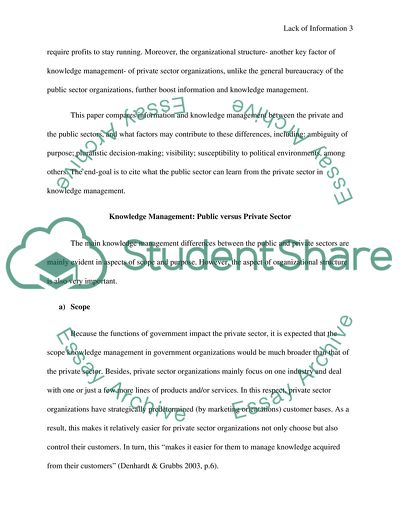Cite this document
(Lack of Information Coursework Example | Topics and Well Written Essays - 2000 words - 1, n.d.)
Lack of Information Coursework Example | Topics and Well Written Essays - 2000 words - 1. https://studentshare.org/information-technology/1865085-lack-of-information
Lack of Information Coursework Example | Topics and Well Written Essays - 2000 words - 1. https://studentshare.org/information-technology/1865085-lack-of-information
(Lack of Information Coursework Example | Topics and Well Written Essays - 2000 Words - 1)
Lack of Information Coursework Example | Topics and Well Written Essays - 2000 Words - 1. https://studentshare.org/information-technology/1865085-lack-of-information.
Lack of Information Coursework Example | Topics and Well Written Essays - 2000 Words - 1. https://studentshare.org/information-technology/1865085-lack-of-information.
“Lack of Information Coursework Example | Topics and Well Written Essays - 2000 Words - 1”. https://studentshare.org/information-technology/1865085-lack-of-information.


